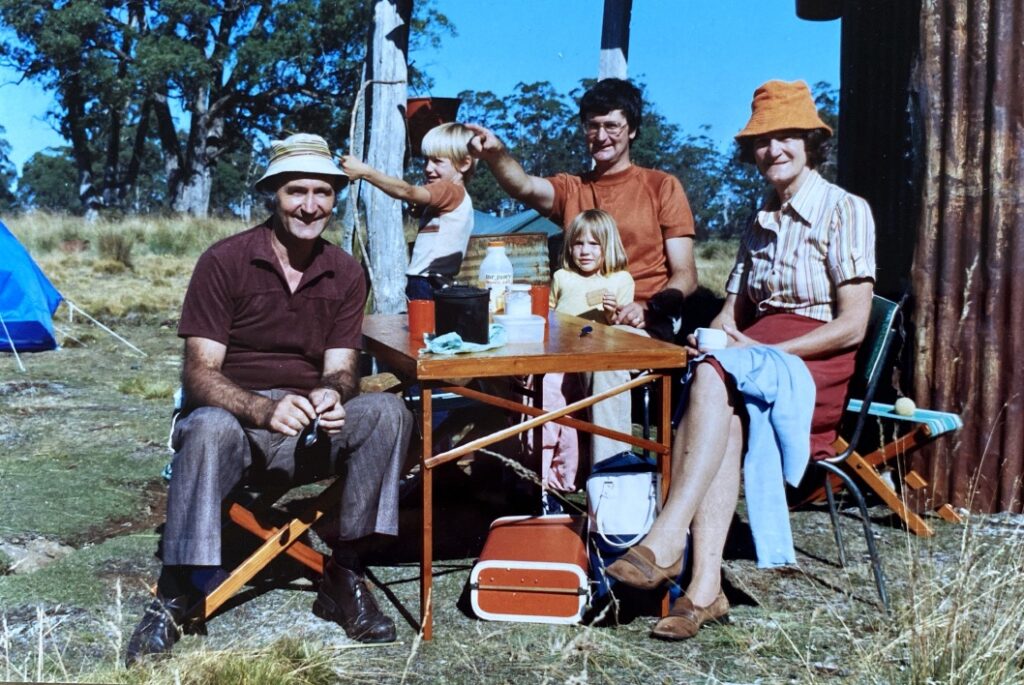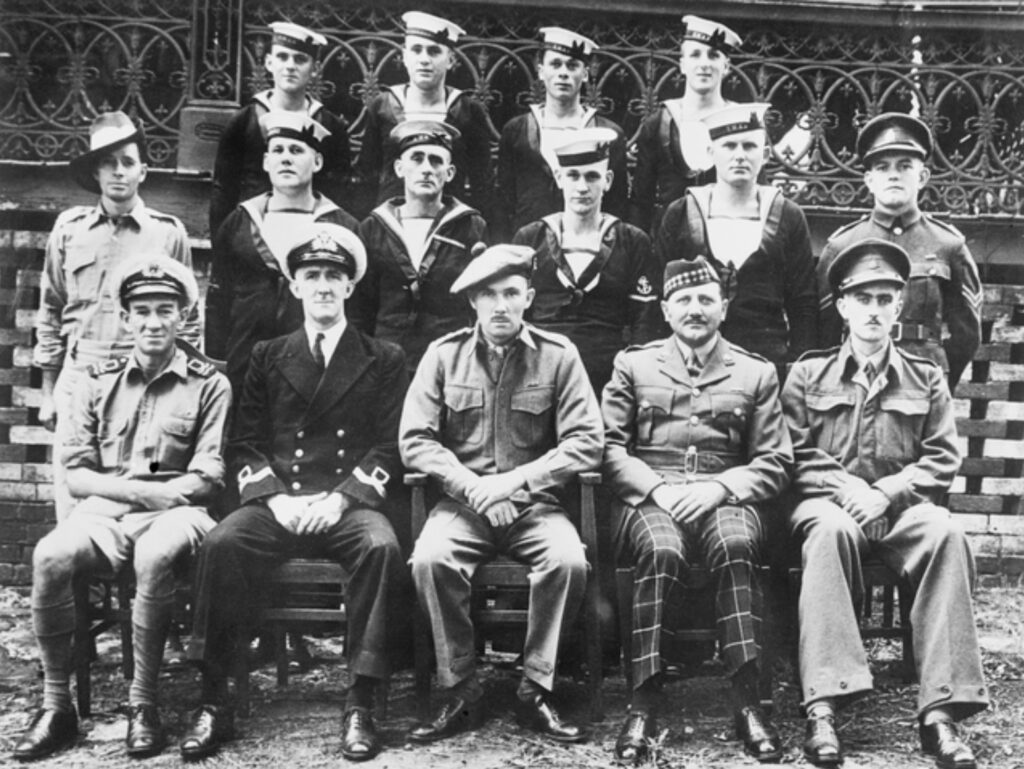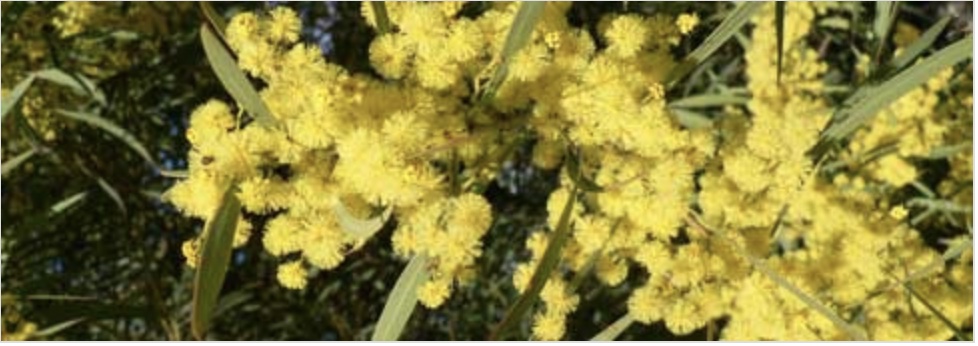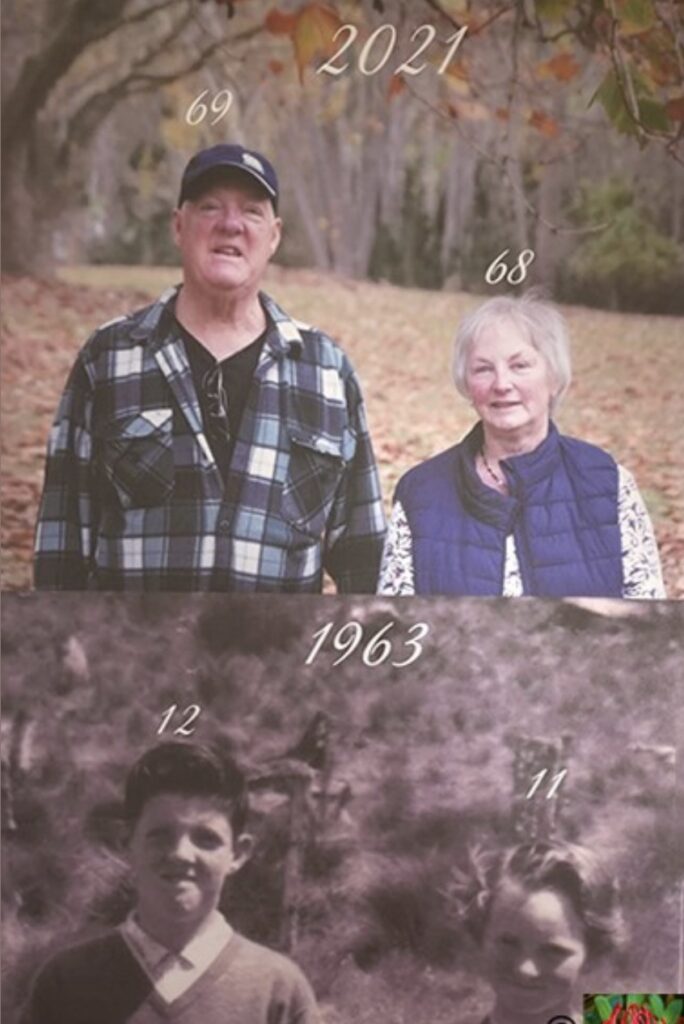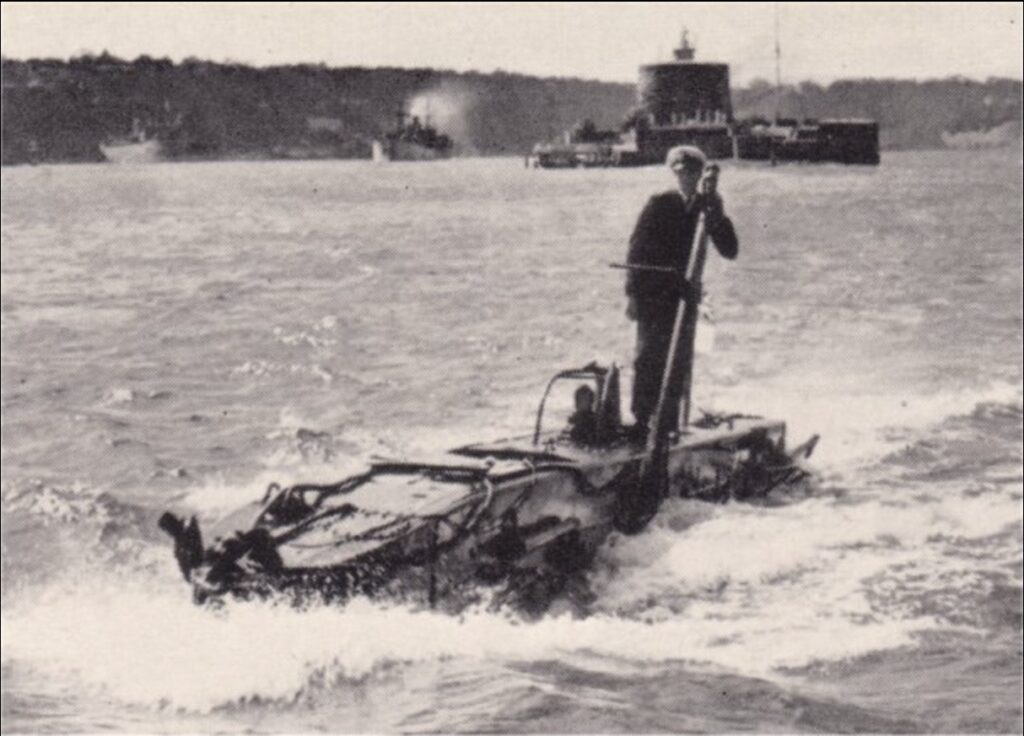Z Special Unit Part 2 – Operation Rimau: the tragic sequel to Jaywick
While Operation Jaywick in its simplicity was a resounding success; Operation Rimau in its sophistication was an abysmal failure.
Brian Smith
Introduction
In just a few months, the Japanese managed to dismantle an empire in South East Asia the Europeans took centuries to build. The attack on Pearl Harbour in early December 1941 was preceded by the Japanese invasion of the Malay Peninsula, an hour before.… Read more
Z Special Unit Part 2 – Operation Rimau: the tragic sequel to Jaywick Read More »

